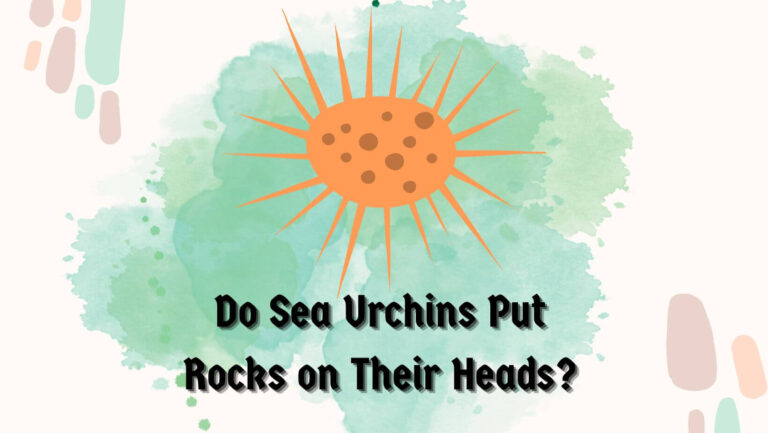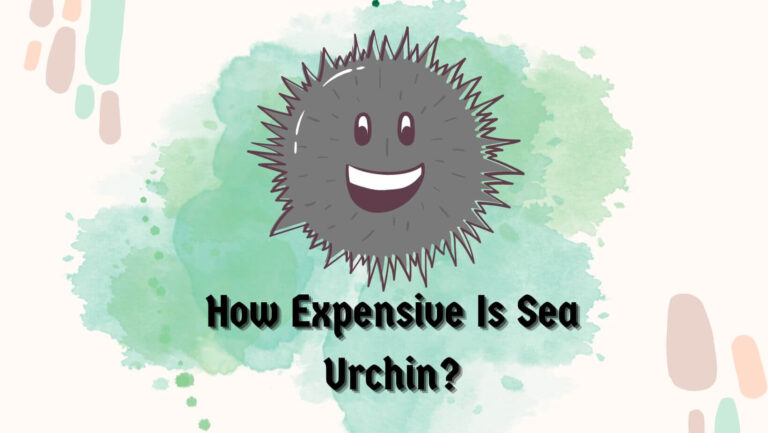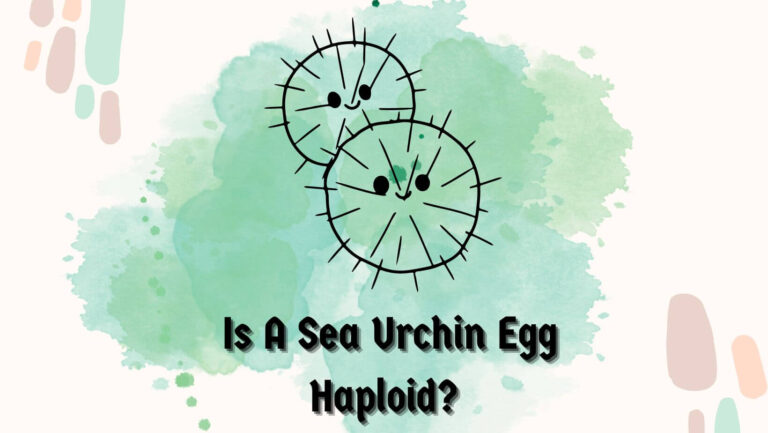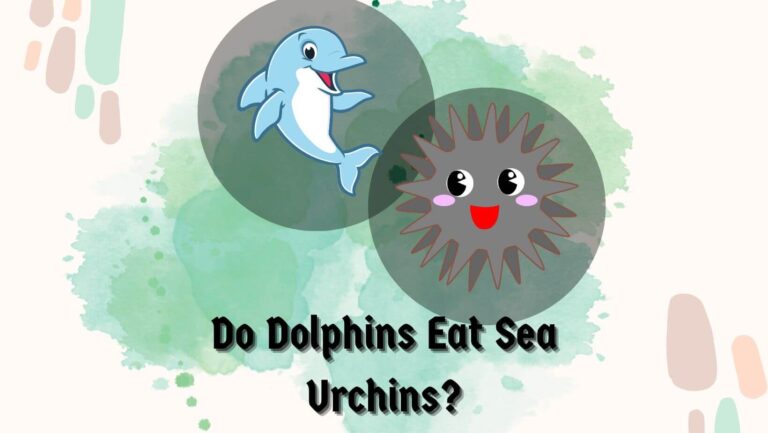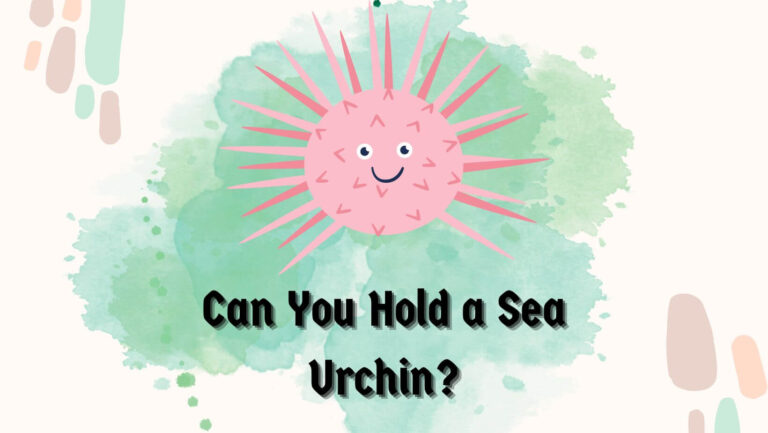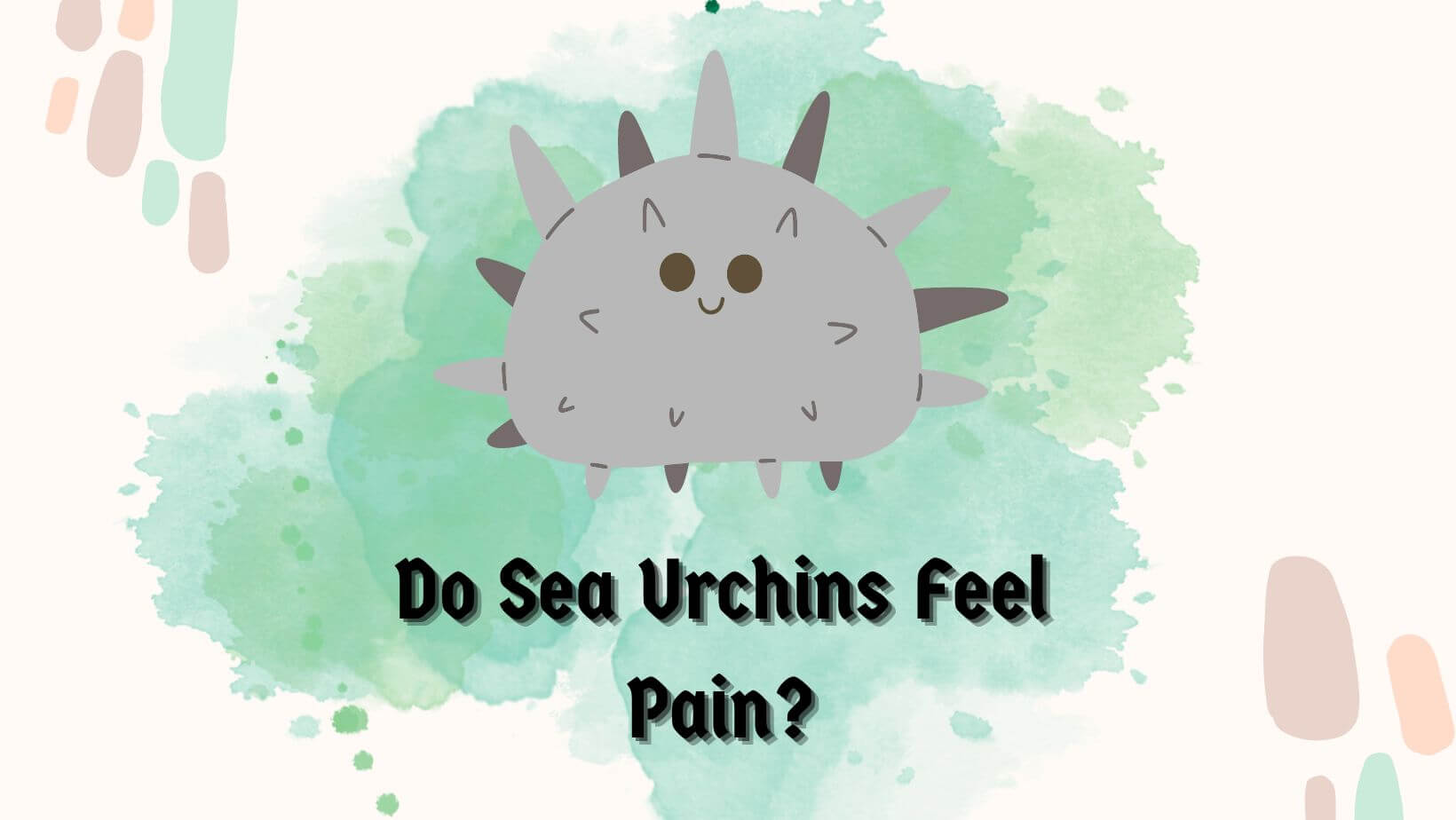
Since most animals experience pain, including humans, as a protective mechanism, it is normal to ask “do sea urchins feel pain?”. Humans and many animals can experience pain to avoid potentially harmful situations, but what about sea urchins?
If you are wondering whether these spinning Marine creatures can feel pain, this is the article for you. Before you eat them or try to hurt a live one, check this article and explore this sensitivity to painful stimuli.
Even though pain perception is very well studied in vertebrates, let’s understand how invertebrates like sea urchins perceive and respond to painful stimuli, as this is also an ongoing scientific exploration and topic.
Table of Contents
Do Sea Urchins Feel Pain?

Sea urchins lack a centralized brain, and research has shown that pain is impossible without a central nervous system. However, sea urchins may feel pain as they tend to have a decentralized nervous system and many sensors throughout their bodies.
Since the pain can also be defined as an unpleasant sensory and emotional experience, the sensory cells of sea urchins might also make them feel pain. Despite lacking a centralized brain, sea urchins possess neural networks capable of processing sensory information and generating coordinated responses.
Also, many studies have shown that sea urchins exhibit aversive behaviors like retreating, covering themselves with the substrate, or curling up when exposed to potential sources of harm, which may indicate a pain-like experience.
However, pain is quite a complex phenomenon and has been proven impossible without a central nervous system. But, many people still believe sea urchins, like invertebrate animals, can feel pain as they tend to have a sense of fear.
I also believe this because recently, researchers also learned about the tree’s ability to feel pain. Whether a sea urchin can feel pain or not is a question of debate that has captivated the scientific community and raised arguments among researchers.
Pain is an experience associated with actual potential tissue damage, a complex phenomenon commonly observed in vertebrates like humans and animals. Since understanding pain perception in sea urchins, which belong to the phylum Echinodermata, presents unique challenges, so we need more studies.
Nervous System of Sea Urchins
Even though sea urchins don’t have any centralized brain function, they are blessed with a decentralized nervous system consisting of a nerve ring around their mouth and radial nerves extending into their spines & tube feet.
These nerves and sensory cells are extended throughout their body parts and, with their unique arrangement, serve various functions for sea urchins, including sensory perception.
The nerve system of a sea urchin is a network of interconnected neurons that usually transmit signals throughout the body, helping them to adapt to their surroundings.
Sea urchins have shown many complex behaviors and responses to environmental stimuli, suggesting sensory perception’s overall presence.
These sensory receptors allow our little friends to detect different stimuli according to specific situations in their surrounding area.
For example, tube feet located on the underside of a sea urchin’s body contain a receptor sensitive to touch and pressure, helping them navigate their environment & respond to changes.
Scientific Studies on Sea Urchins and Pain Perception
If you want to learn more and gain insights into the pain perception of sea urchins, there are a few things you need to know.
Scientists have conducted various kinds of studies to explore their neurophysiological, molecular, behavioral, and genetic responses to potentially painful stimuli.
Let’s take a quick look at them and understand whether they can feel even a little pain.
Behavioral Studies
There have been few types of research done by biologists and scientists to observe sea urchins’ response to harmful conditions and to determine if they exhibit any kind of behavior indicative of pain perception.
For example, a small study by Smith et al. (2019) found that sea urchins displayed aversive behaviors, such as retreating or curling up, when exposed to noxious stimuli like chemical irritants or heat.
Neurophysiological Studies
Apart from the behavioral studies, researchers have also performed neuro-physiological studies, which employed techniques like electroencephalencephalography (EEG) to measure the brain activity of sea urchins in response to different stimuli.
This study aimed to understand the neural processes in sea urchins associated with pain perceptions. You might feel shocked, but those studies also provided some intriguing insights, like a study that recorded EEG signals in sea urchins subjected to mechanical stimulation.
The results showed distinct patterns of neural activity, indicating that sea urchins possess mechanisms to process and respond to potentially painful stimuli.
Molecular and Genetic Investigations
Another research by P Hao. explored the gene expression patterns associated with pain-related responses in sea urchins.
They learned about specific genes involved in sensory perception and nociception, which also suggest the presence of molecular mechanisms related to pain perception in sea urchins.
Molecular and genetic studies can also help us understand pain-related genes and molecules in a sea urchin. These investigations involved expression analysis and identification of nociceptors, specialized sensory receptors that respond to noxious stimuli.
Ethics, Debates & Controversies
As I told you in the above section, sea urchin pain perception has sparked quite a debate and controversies within the scientific and research community. Therefore, it is better to know all of these to gain valuable insights about them.
Arguments Against Sea Urchins Experiencing Pain
Many argue and debate that sea urchins lack a centralized brain and complex nervous system, making them unable to feel pain.
According to them, the behavior observed in these creatures might be only reflexive responsiveness without conscious awareness or subjective experience of pain. In addition to this, they also pointed out the importance of differentiation between nociception, the detection of noxious stimuli, and pain experience.
According to them, nociception is only a fundamental sensory process that triggers a protective response, but it doesn’t necessarily prove or imply the presence of subjective pain perception.
Counter Arguments Supporting Sea Urchins Experiencing Pain
Conversely, supporters of the idea that sea urchins can experience and feel pain point out the similarities between the nervous system and that of other animals that are known to experience pain.
Even though sea urchins lack a centralized brain, they possess neural networks capable of processing sensory information and generating coordinated responses. Also, behavior and neurochemical evidence have suggested the probability and possibility of pain perceptions in sea urchins.
If sea urchins can exhibit behavioral changes in response to potentially painful stimuli, similar to how vertebrates respond to harmful events, how can we conclude that they don’t feel pain? Well, more in-depth research is required for me because I still believe sea urchins can feel pain.
- Other Intriguing Topics To Discover
- Do Sea Urchins Wear Hats
- Do Sea Urchins Have Brains?
- Do Sea Urchins Reproduce Sexually Or Asexually
Ethical Implications & Considerations
Now, whether sea urchins feel pain or not also raises a very common ethical concern regarding their treatment in research, aquaculture, and other industries.
For a moment, if you believe that sea urchins can experience, we must consider their welfare and minimize potential suffering. For me, sea urchins feel pain, and there are many alternatives that we can explore to alleviate potential pain in them.
Researchers should develop anesthetic protocols or refine handling techniques that can minimize the impact of the procedures on these creatures during studies and experiments.
In addition, it is important that we assess the impact of sea urchins’ pain perception on industry and aquaculture. Who knows, it may lead to the development of more humane practices and guidelines that are always good for all beings’ welfare, including treating sea urchins in various sectors.
Recent Posts
Conclusion
After reading this article, you can understand that the sensitivity of change to painful stimuli will always be a topic of debate, and scientists will continue to explore more about it.
Even though there are many controversies and debates surrounding their pain perceptions, few studies and research have already provided intriguing evidence suggesting the presence of mechanisms related to pain.
No matter what we believe, we should respect all creatures of our nature and try to minimize suffering & stress them as much as possible. If you find this article helpful, then consider sharing it.
Your share will help many people learn about the question: Do Sea Urchins Feel Pain? If you find this article fun to read & informative, consider checking out our other interviewing posts on sea urchins available on this site. See you in the next post, till then, take care and goodbye.

